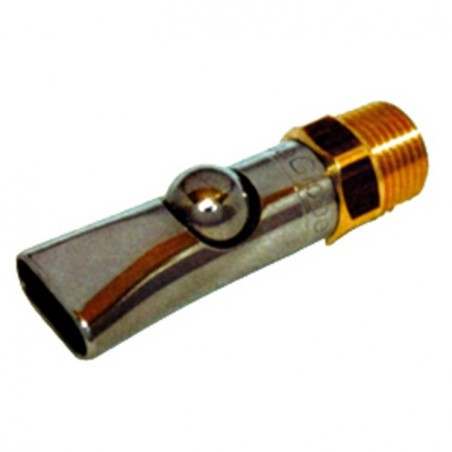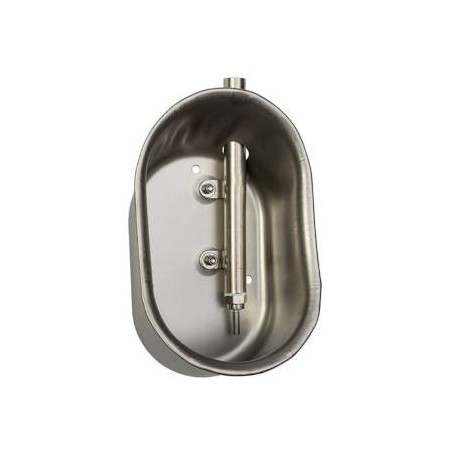A total of 160 Duroc×(Landrace×Large White) pigs, 50% barrows and 50% gilts, of 28.3±4.52 kg of BW were used to study the effect of lysine (Lys) restriction in the finisher period, on growth performances and serum and carcass and meat quality traits. The grower diet (from 30 to 90 kg BW) was slightly Lys-restricted (7.8 g standardised ileal digestible (SID) Lys/kg) in accordance with results from a previous trial. During the finisher period (90 to 130 kg BW), four experimental diets with decreasing SID Lys contents (6.3, 5.6, 4.2 and 3.2 g/kg) were tested. Each of the eight treatments (two sexes×four levels of Lys) was replicated five times. Each replicate was a pen with four pigs allocated together. When animals achieved 129±2.59 kg were slaughtered and carcass and meat characteristics were evaluated.
No significant interaction sex×diet was found. During the finisher period, barrows grew faster and ate more feed but tended to be less efficient than gilts. The Lys restriction affected linearly all productive performance traits; daily BW gain and feed intake decreased and feed conversion ratio increased. Also, the concentration of serum urea at slaughter tended to be higher in barrows than in gilts and was reduced quadratically by the restriction of Lys in feed. Carcasses from barrows had higher backfat thickness and lower weight of main trimmed lean cuts (ham+shoulder+loin) than those from gilts. The Lys restriction during the finisher period decreased carcass yield (quadratic) and the weight of major cuts (linear). Sex and diet had limited effect on meat characteristics; the Lys restriction decreased quadratically the proportion of protein and increased linearly the intramuscular fat (IMF) content.

We can conclude that dietary Lys restriction during finisher period in pigs impaired growth performances and was not successful to increase the carcass fat deposition, although it could have positive effects on IMF proportion of pork.
J. Suárez-Belloch, J. A. Guada and M. A. Latorre. Effects of sex and dietary lysine on performances and serum and meat traits in finisher pigs. Animal, Volume 9, Issue 10, October 2015, pp 1731-1739.
DOI: http://dx.doi.org/10.1017/S1751731115001111






